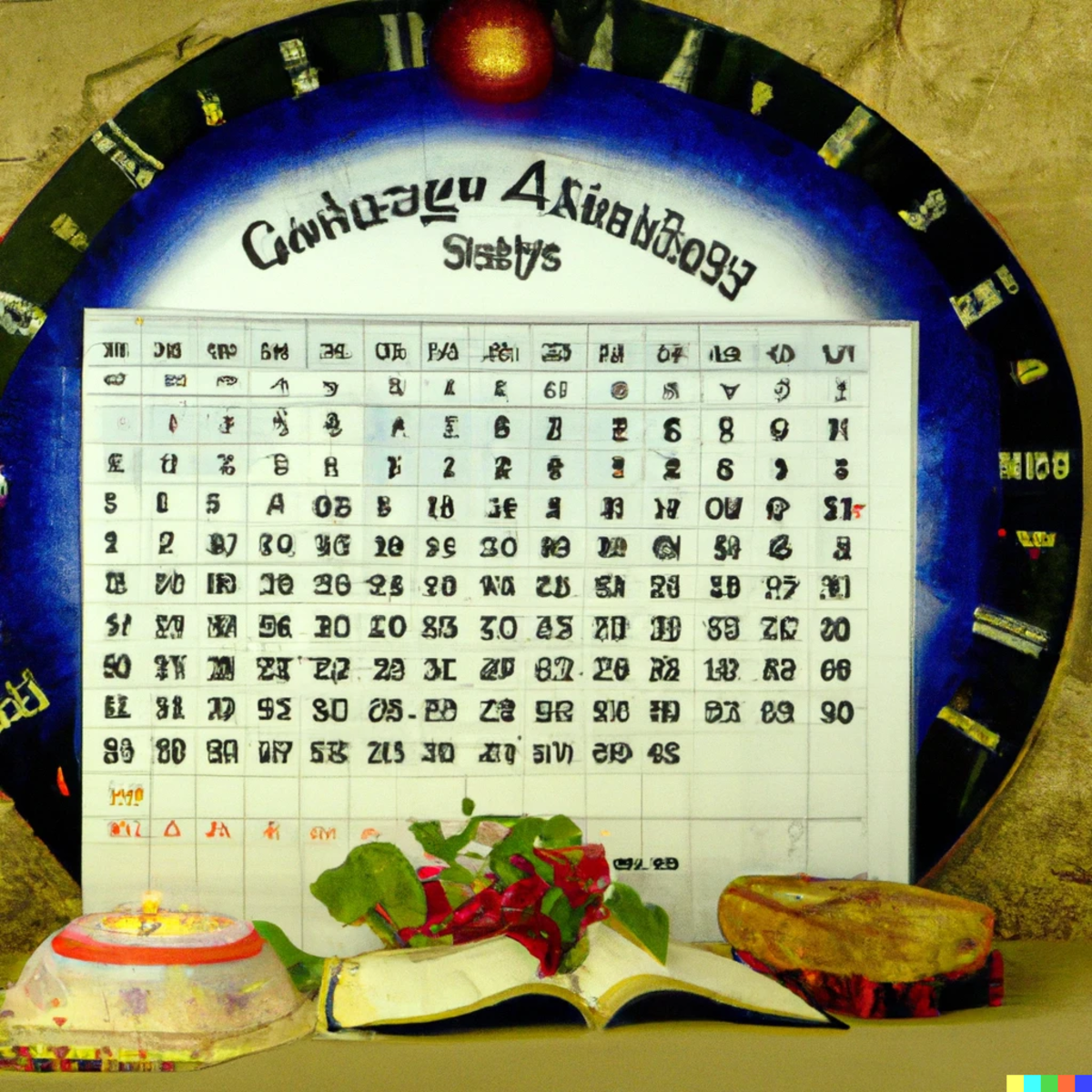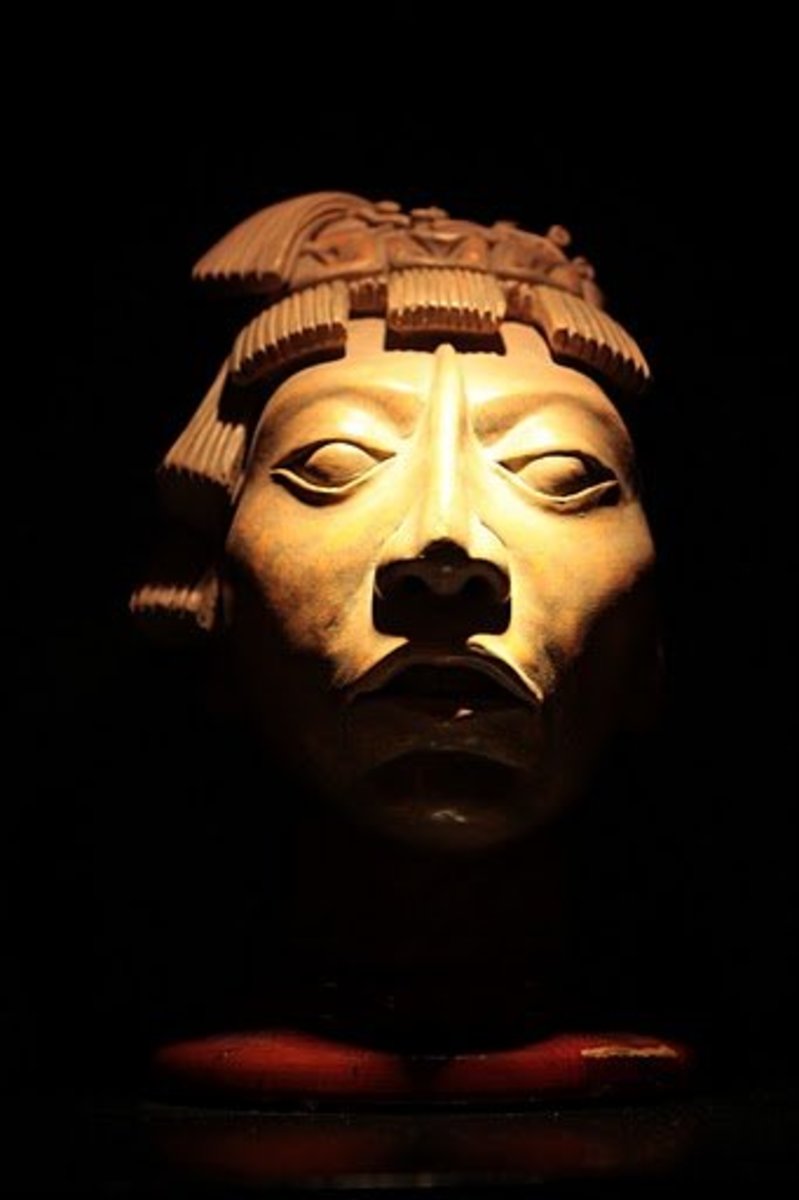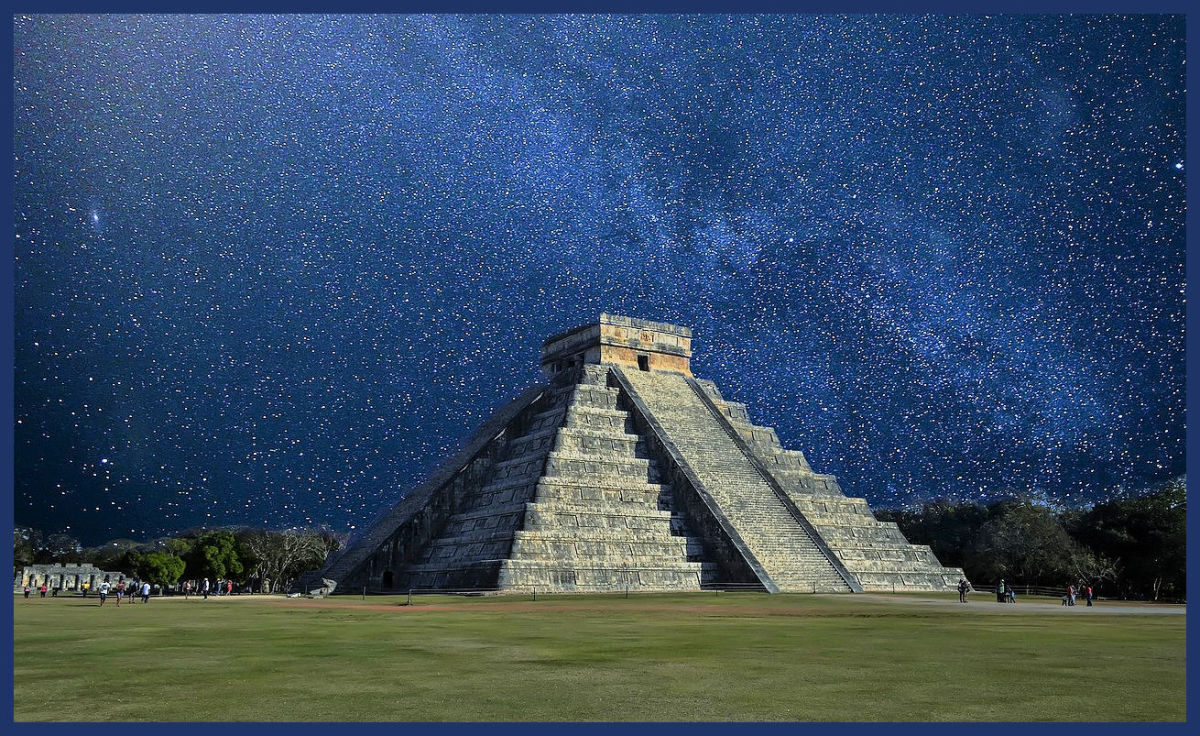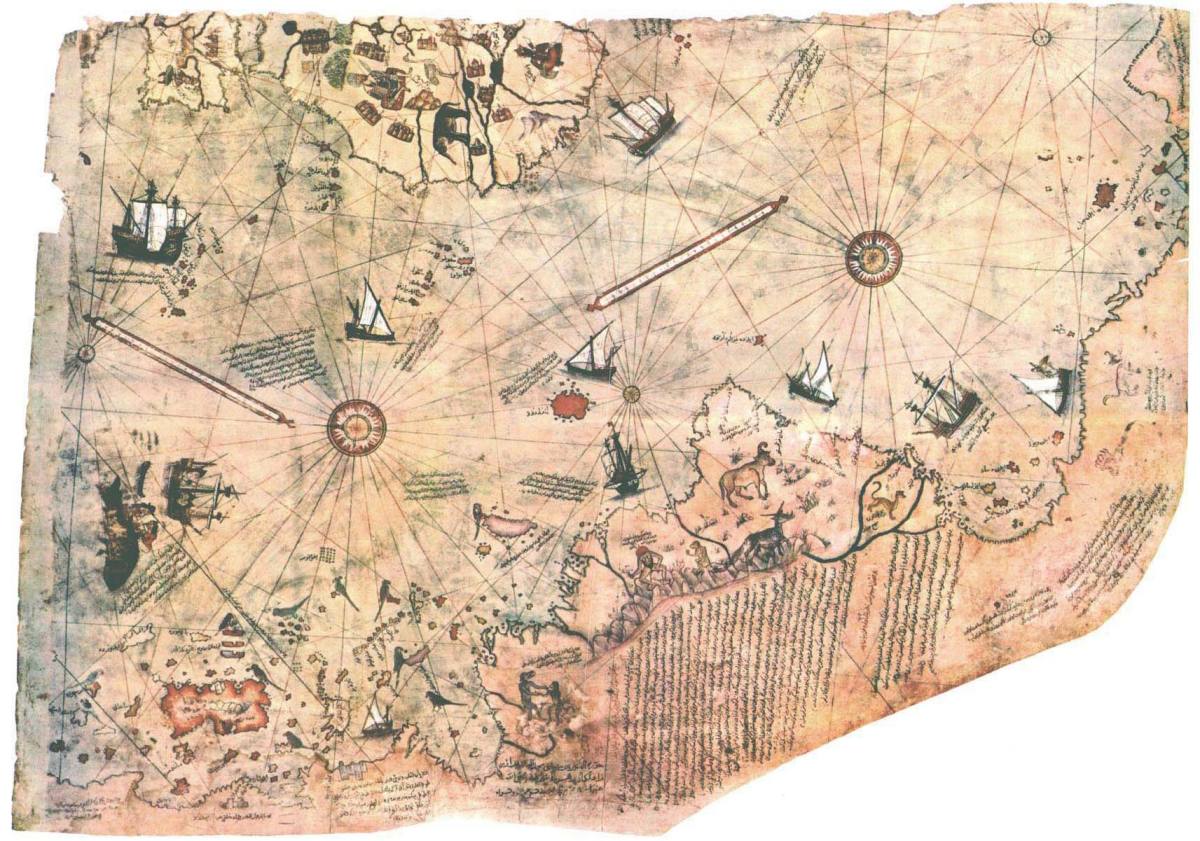Irony of the Maya and 2012

The Calendar
The amount of time it takes the Earth to orbit the Sun is 365.2422 days.
At first most of the known world used a calendar that was introduced by Julius Caesar in 46 BC. This calendar however did not make any compensation for the 0.2422 day each year.
To make allowances for these 0.2422 days each year, in 1582 Pope Gregory X111 introduced what is now known as the Gregorian calendar. To compensate for the extra time, this new calendar allowed for one extra day to the year, every four years, now known as a leap year.
The ancient Maya however were not party to this calendar, they had their own.
The Maya calendar was based on sevens and each calendar would follow a cycle taking three thousand odd years. The current Maya calendar is due to end on 21st December 2012.
Some have said that this signifies the end of the world and that the Maya predicted this as being the end of time. In reality you may just as well say that the 31st December of any year signifies the end of time, as that is the end of a calendar also.
- Maya, the link to aliens
The search is on for life in outer space. Where though, do we start to look? Maybe the answer lies with the ancient Maya.
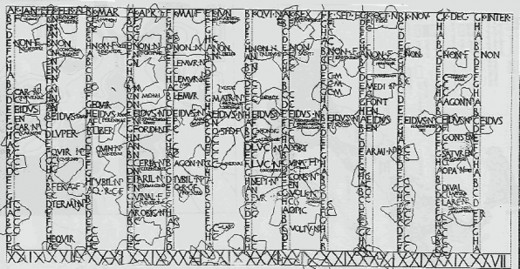
New Calendar
Researchers at Johns Hopkins University in Maryland are advocating that we should now change the long standing Gregorian calendar with a new one.
Astrophysicist, Richard Henry and Economist, Steve Hanke admit that their new calendar would not be quite as accurate as the Gregorian one but would be a lot more convenient.
They claim that their calendar would mean that the same date would always occur on the same day every year. That means that if your birthday fell on a Saturday this year, it would every year. If Christmas fell on a Sunday this year, then every Christmas would be on a Sunday. They claim that this could save companies money as they could work out times for every year and that it would make it easier for workers and employers to regulate time off and holidays.
The new calendar however, would not have leap years. Instead to make up for the extra 0.2422 days there would be an extra week added every 5 to 6 years.
- The Maya, Where Did They Go?
As we approach 2012, because of their calendar, the Maya are becoming famous. They were never conquered or destroyed, so where did they really go? Local legend says they went underground. Is it possible? if so: why? Will they return? If so: when? Wil

Not the First Time
The researchers are contemplating introducing the Henry-Hanke calendar to the United Nations for approval and use throughout the world.
This however is not the first time that a new calendar has been proposed. In the 1920’s a new calendar was put to a vote in the League of Nations. It is believed that that one was rejected because it did not allow for a Sabbath, which was not appreciated by the Christians.
This new calendar does allow for the Sabbath and as it is promoted to be able to make the calculation of interest rates easier, may get some heavyweight support.
Henry and Hanke believe that even allowing time for computers to be updated, this new calendar could be approved and in use for January 2013.
I find it somewhat ironic, that the ending of the Maya calendar may coincide with the ending of ours. Co-incidence or were the Maya really that good?
- Yesterday, Today or Tomorrow?
Repeating good times in a unique setting. - The Season to be Charitable
This is the season to be charitable but will we be? Why should we? Is our duty? Is there a debt we have to pay? - Time on Your Hands?
If you are looking for a pastime, look no further.

